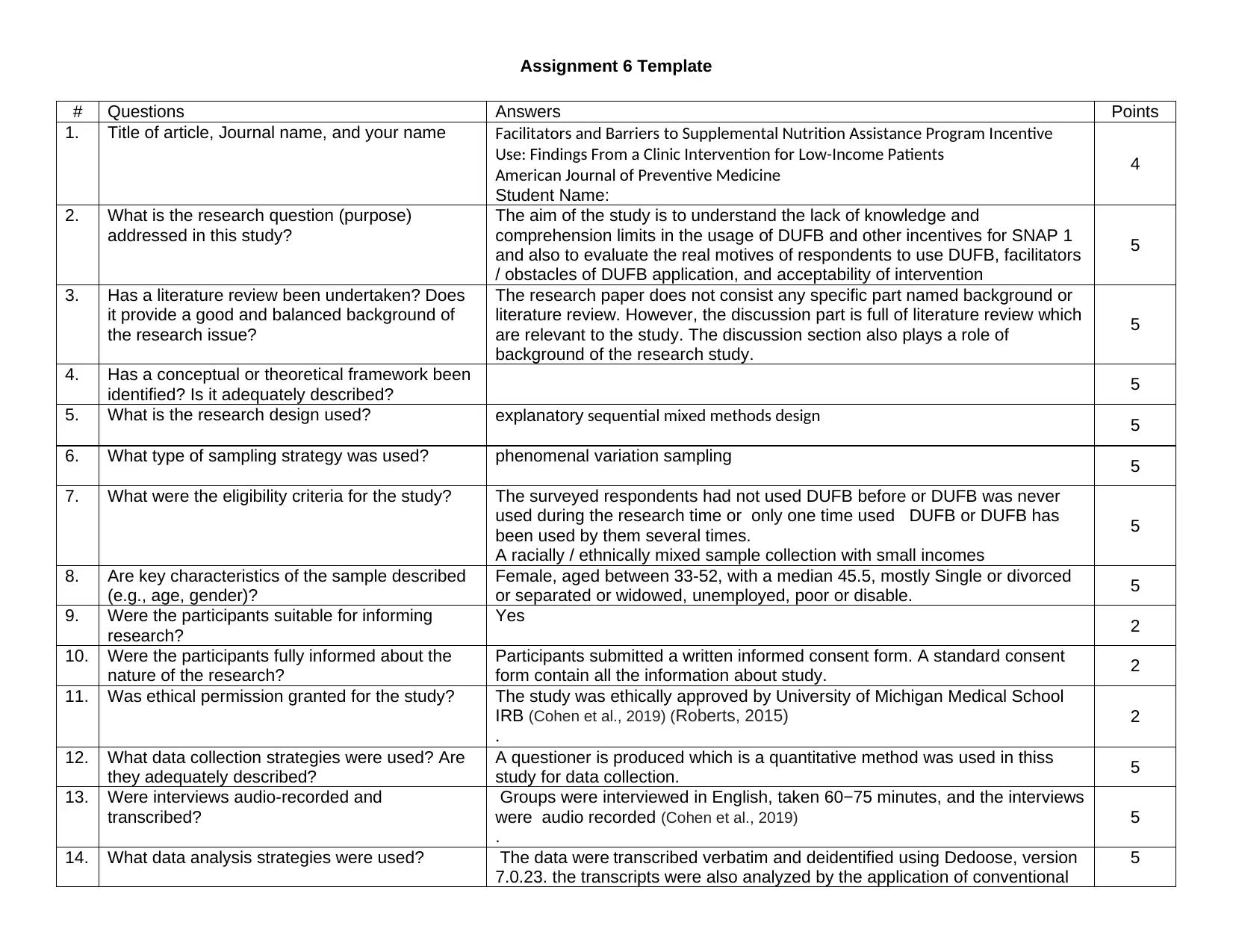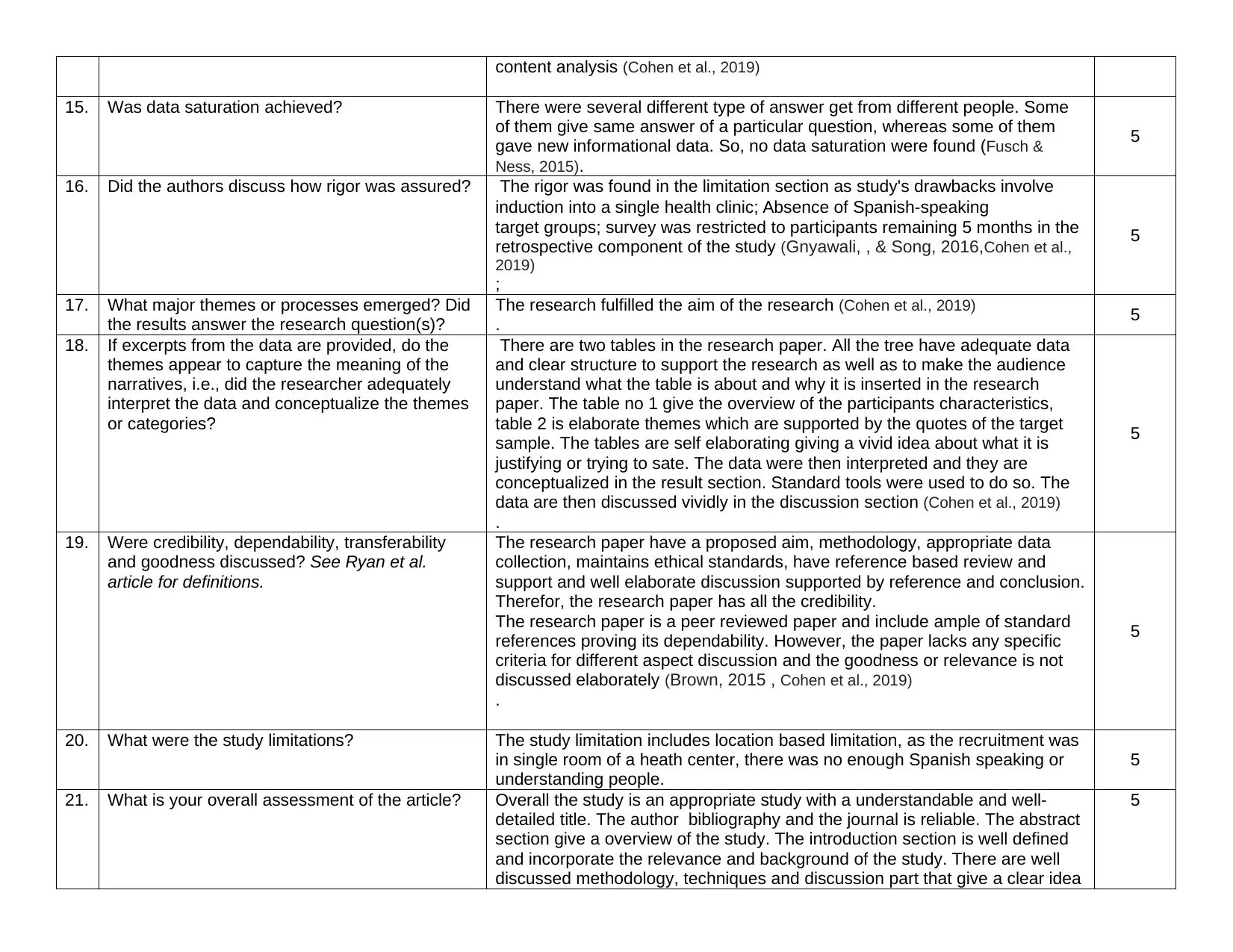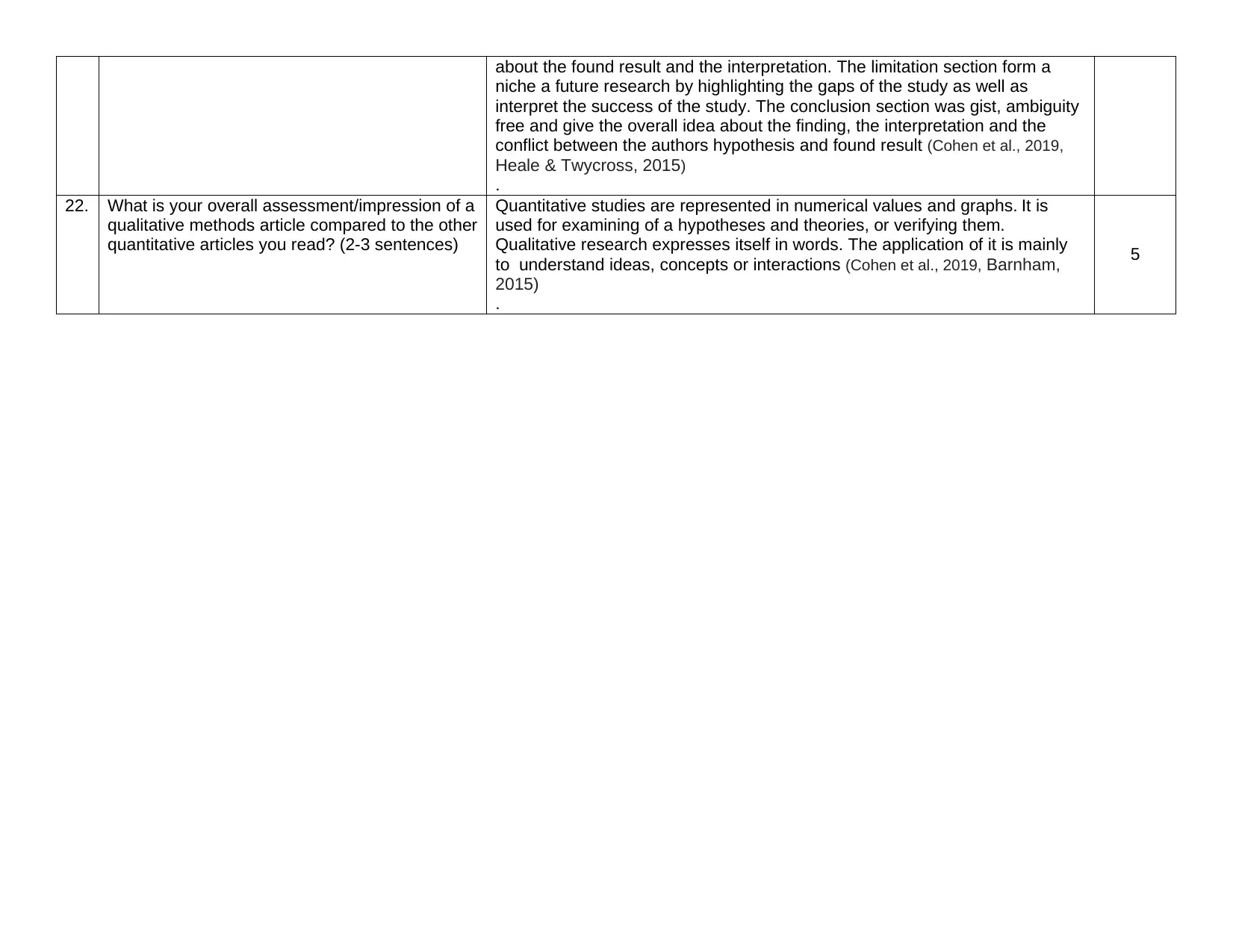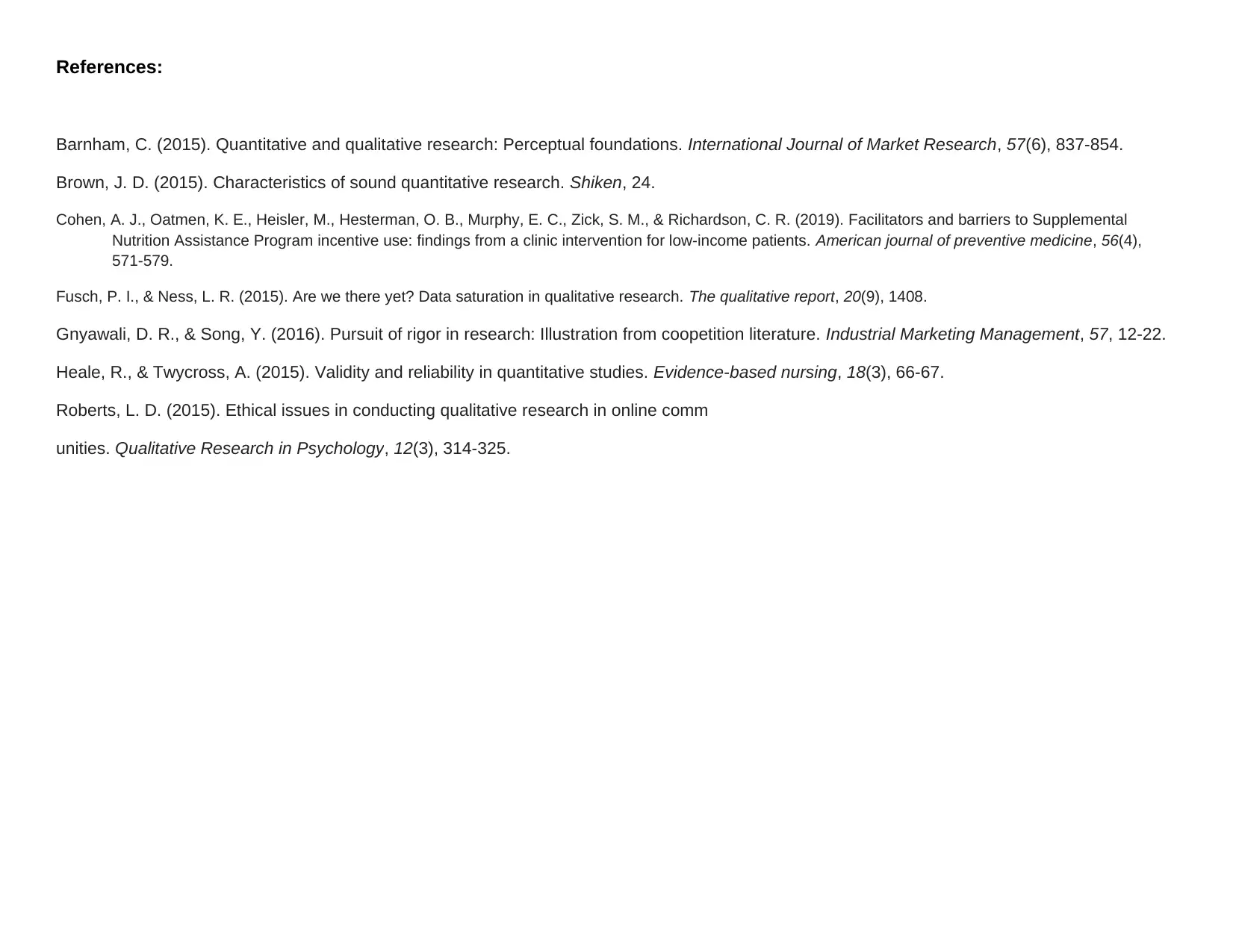Assignment 6: Research Analysis of SNAP Incentive Program
VerifiedAdded on 2022/09/18
|4
|1446
|19
Homework Assignment
AI Summary
This assignment analyzes a research article from the American Journal of Preventive Medicine, focusing on a study titled "Facilitators and Barriers to Supplemental Nutrition Assistance Program Incentive Use: Findings From a Clinic Intervention for Low-Income Patients." The study, employing an explanatory sequential mixed methods design, investigates the acceptability and impact of a primary care-based informational intervention on the use of Double Up Food Bucks (DUFB), a SNAP incentive program. The research involved focus groups with SNAP-enrolled adults to understand their perspectives on DUFB use, facilitators, and barriers. The assignment addresses key aspects of the research, including the research question, literature review, conceptual framework, sampling strategy, eligibility criteria, sample characteristics, data collection and analysis methods, ethical considerations, and study limitations. The analysis also assesses the rigor, major themes, and the researchers' interpretation of the data. The study's findings are critically evaluated, and a comparison is made between the qualitative methods employed and quantitative research approaches. The assignment provides an overall assessment of the article's strengths and weaknesses, contributing to a deeper understanding of public health research methodologies and the challenges of promoting healthy food choices among vulnerable populations.
1 out of 4











![[object Object]](/_next/static/media/star-bottom.7253800d.svg)